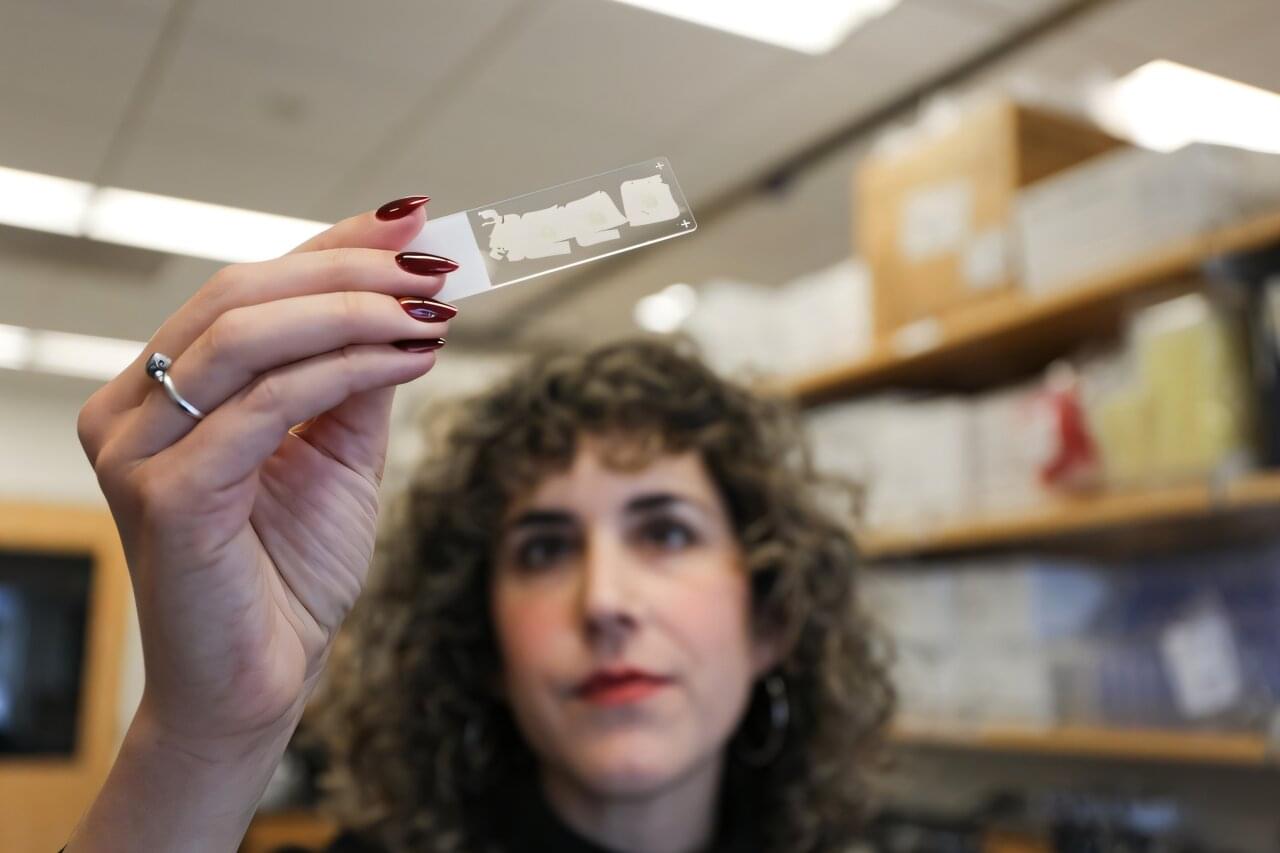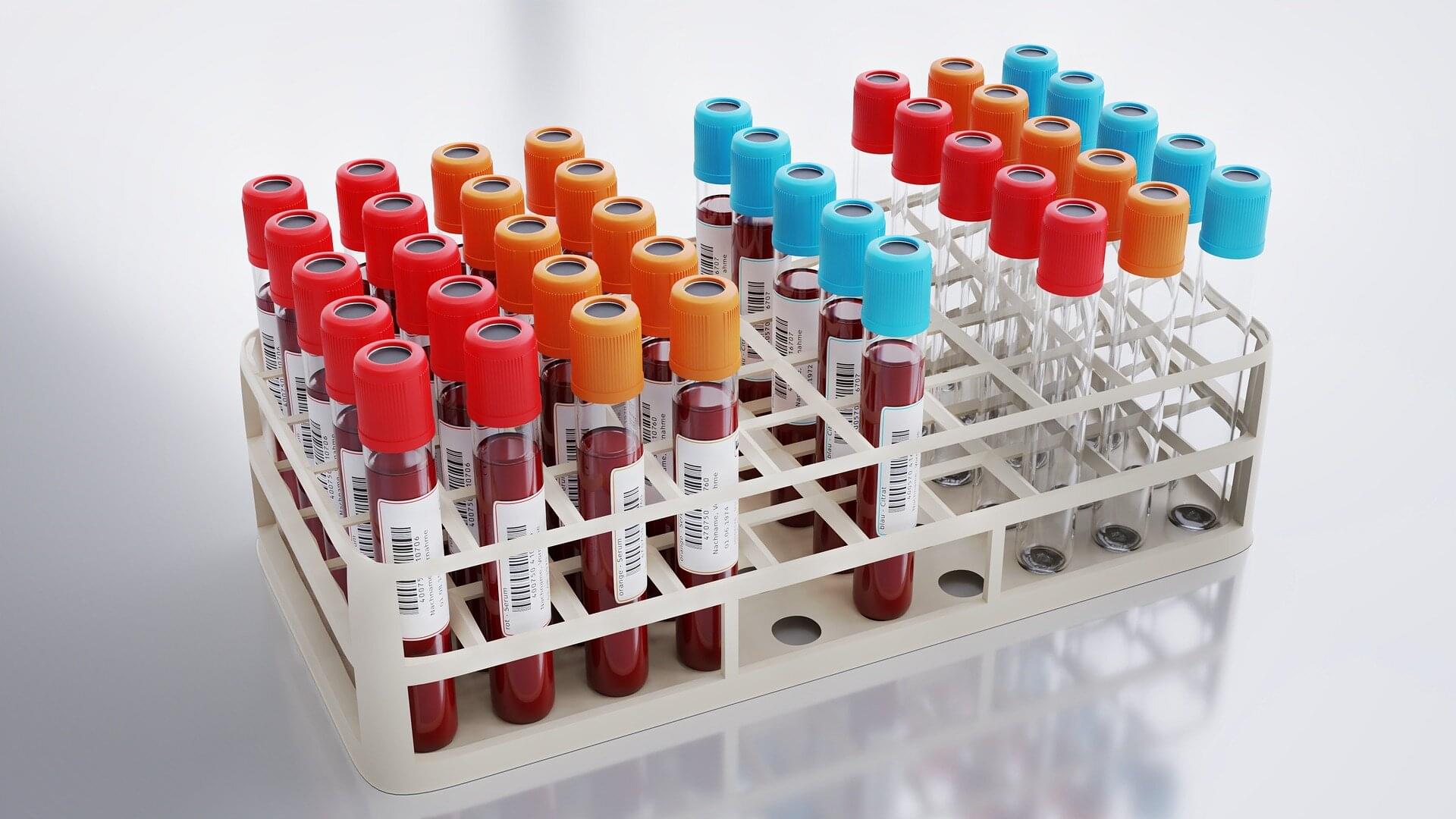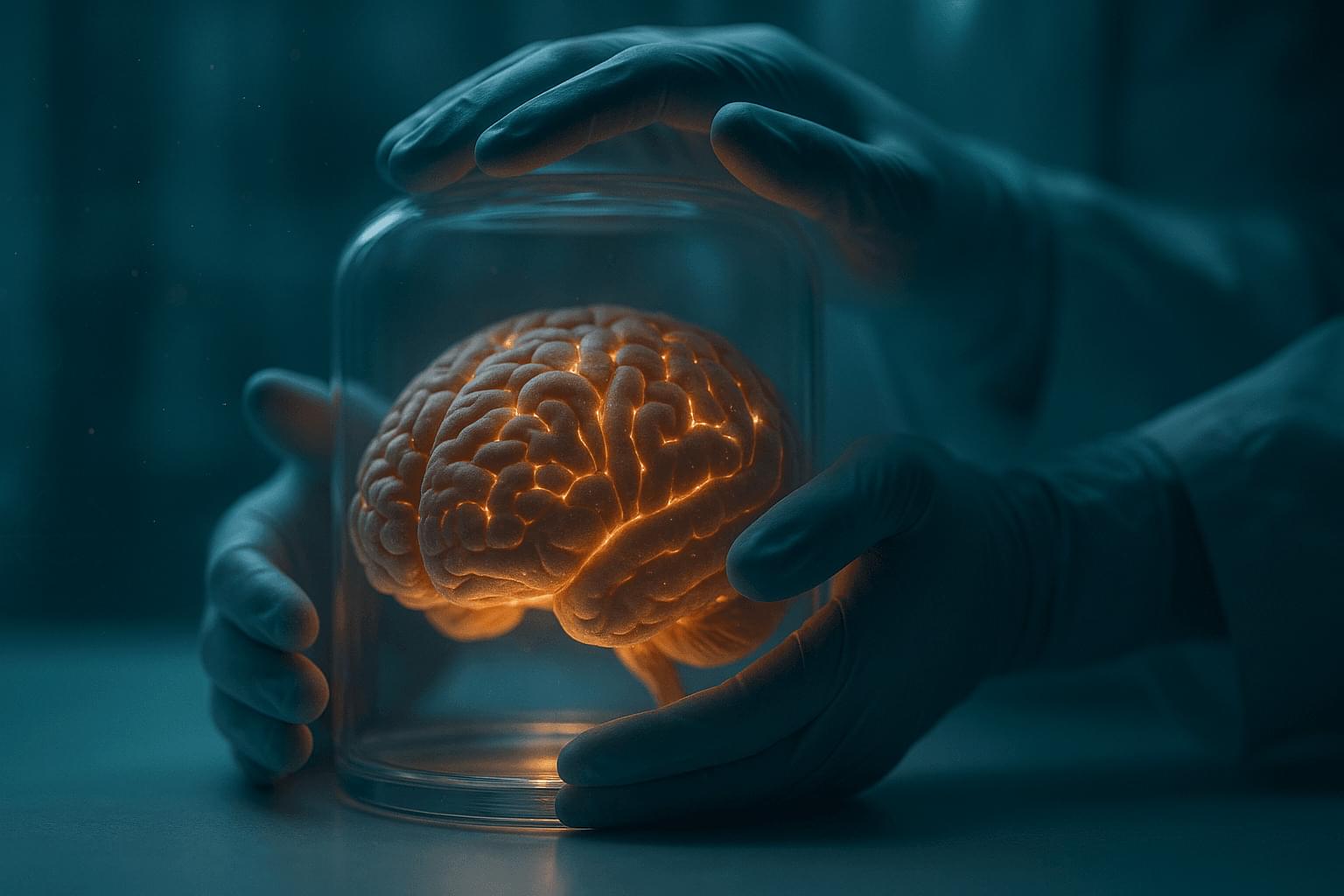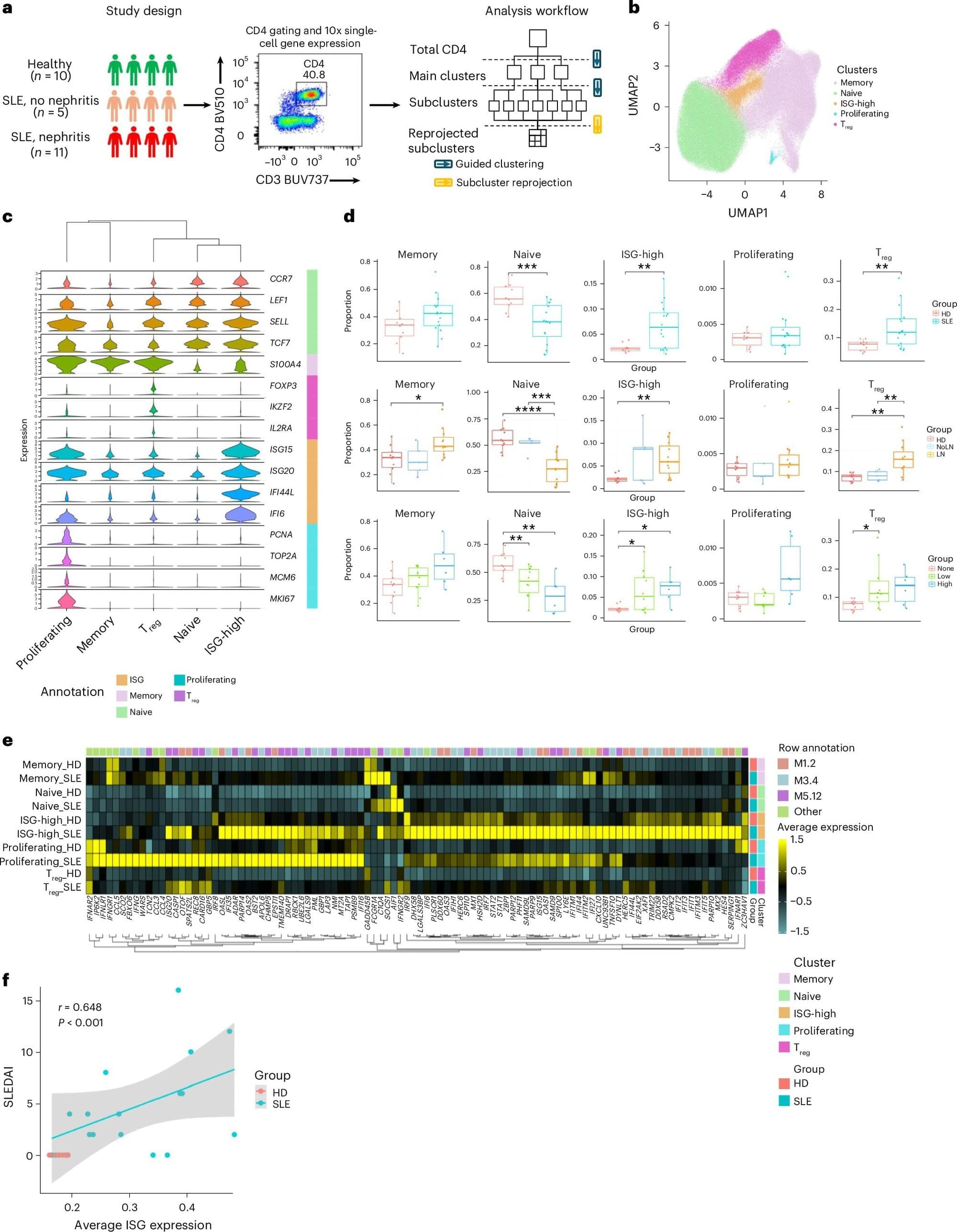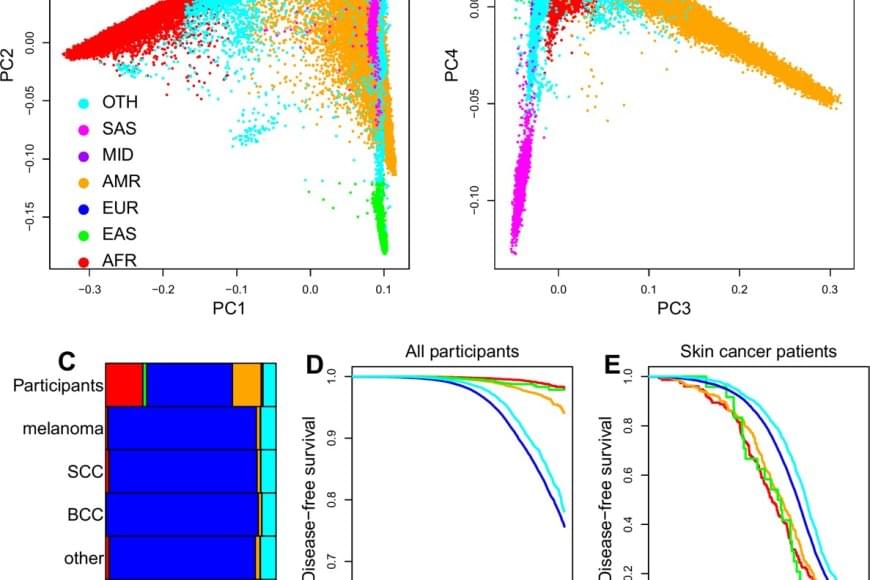A new study has identified a critical “pressure sensor” inside the kidney that helps the body control blood pressure and fluid levels. The finding helps explain how the kidneys sense changes in blood volume—something scientists for decades have known occurs but didn’t have a mechanistic explanation.
Researchers at Oregon Health & Science University and collaborating institutions discovered that a protein called PIEZO2 acts as a mechanical sensor in the kidney. When blood volume changes, this protein helps trigger the release of renin, a hormone that starts a chain reaction known as the renin-angiotensin-aldosterone system, or RAAS. The system is one of the body’s main tools for keeping blood pressure stable and making sure the body has the right balance of salt and water.
The study, published today in Cell, shows that without PIEZO2, the kidney releases too much renin. This throws the RAAS off balance and causes the kidneys to filter blood too quickly, something that can lead to health problems if it continues over time.
